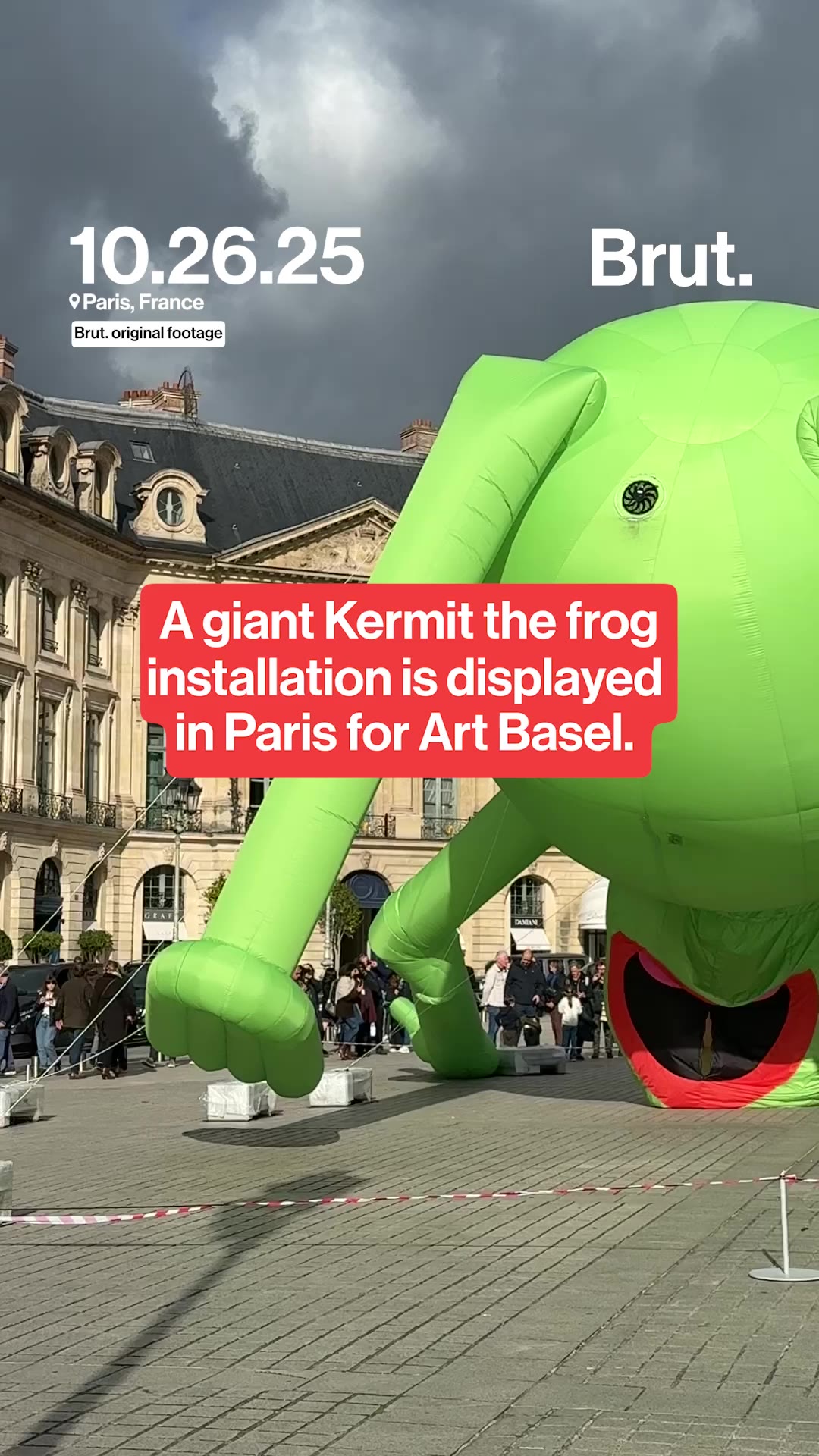The Life Of Ai Weiwei
The Life Of Ai Weiwei
This is Ai Weiwei, artist and rebel with a cause. His work has been exhibited in major museums, like the Museum of Modern Art in New York and the Tate Modern in London. His museum art based on heavy axctivisim is so large he has to say "Every time I meet a museum director, I ask “What’s the size of the door?”
He was then brought on as an artistic consultant for the Beijing National Stadium the 2008 Olympic games. In 2011, his Shanghai studio was demolished by local authorities. That same year, he was arrested with his wife, Lu Qing for their well-known activism. His arrest inspired a star studded international campaign against human rights abuses by the Chinese government.
In June of that year, he was freed. Between 2015 and 2016, he installed over 14,000 life jackets in Berlin's Konzerthaus concert hall, and released his documentary, Human Flow, to raise awareness of the refugee crisis in Europe. So, when we talk about the 21st century where we have such confidence in human development, you know as a prosperous society. That’ll only work if we help these people, otherwise, it’s a shame.
“If I can go back, I would go through the same road. At 21, he joined the Beijing Film Academy.
Between 1978 and 1983, he was a member of the avant-garde group, Stars. From 1981 to 1993,
he lived in New York, where he studied at the Parsons School of Design and met artists like: (scrolling) Marcel Duchamp, Andy Warhol, Jasper Johns. In 1993, he returned to China, and later established his studio in Beijing. In 2005, he began to write a blog on Sina Weibo, the biggest web platform in China.”
Brut.
The Life Of Ai Weiwei
The Life Of Ai Weiwei
This is Ai Weiwei, artist and rebel with a cause. His work has been exhibited in major museums, like the Museum of Modern Art in New York and the Tate Modern in London. His museum art based on heavy axctivisim is so large he has to say "Every time I meet a museum director, I ask “What’s the size of the door?”
He was then brought on as an artistic consultant for the Beijing National Stadium the 2008 Olympic games. In 2011, his Shanghai studio was demolished by local authorities. That same year, he was arrested with his wife, Lu Qing for their well-known activism. His arrest inspired a star studded international campaign against human rights abuses by the Chinese government.
In June of that year, he was freed. Between 2015 and 2016, he installed over 14,000 life jackets in Berlin's Konzerthaus concert hall, and released his documentary, Human Flow, to raise awareness of the refugee crisis in Europe. So, when we talk about the 21st century where we have such confidence in human development, you know as a prosperous society. That’ll only work if we help these people, otherwise, it’s a shame.
“If I can go back, I would go through the same road. At 21, he joined the Beijing Film Academy.
Between 1978 and 1983, he was a member of the avant-garde group, Stars. From 1981 to 1993,
he lived in New York, where he studied at the Parsons School of Design and met artists like: (scrolling) Marcel Duchamp, Andy Warhol, Jasper Johns. In 1993, he returned to China, and later established his studio in Beijing. In 2005, he began to write a blog on Sina Weibo, the biggest web platform in China.”
Brut.













